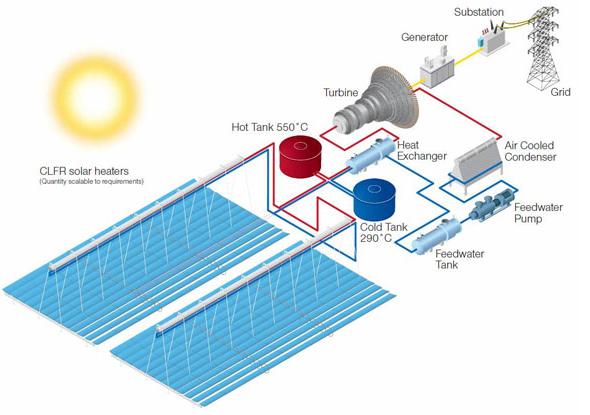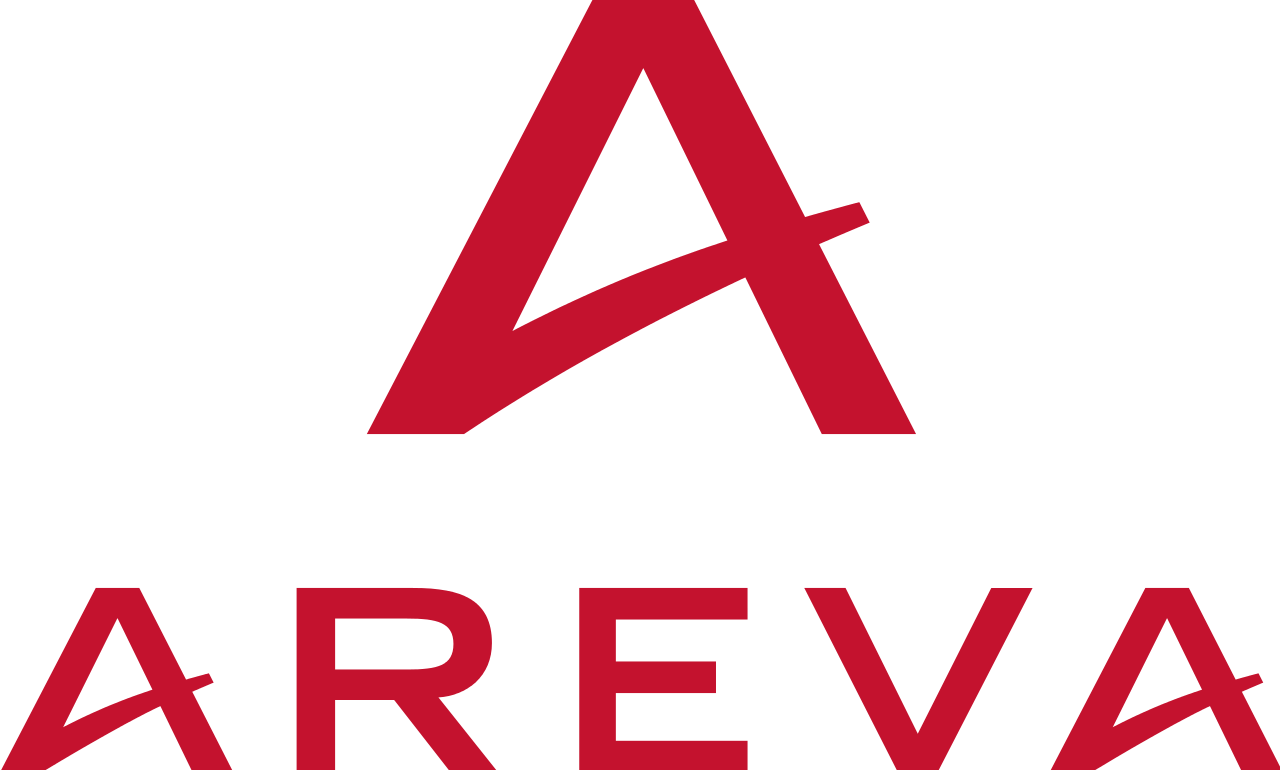
For more information on AREVA’s off-shore power generation solutions, visit AREVA’s Field Report portal (on the page, click on “Play animation”).
About Global Tech 1
Global Tech I is the largest ever project-financed offshore wind farm, and in view of the distance to shore and water depth, one of the most challenging offshore wind projects in the world.
Global Tech I is located 90 kilometres from the coast in the German North Sea. The wind farm will generate 1.6 billion kWh per year, enough to supply 445 000 households with environmentally friendly electricity. Global Tech I will be connected to the national grid in 2012 and fully completed in 2013.
About AREVA Wind
AREVA Wind manufactures and designs the M5000 turbine, a field-proven wind energy converter for offshore wind farms. AREVA’s M5000 technology is the first 5MW wind energy converter exclusively designed for offshore conditions therefore guarantying highest reliability levels. It has already obtained 600 MW in orders.
AREVA Wind is a subsidiary of the AREVA group. www.arevawind.com
Press Contacts :
- AREVA Trade Press
Caroline Sagne
Tél : 01 34 95 90 12
email : tradepress@areva.com - AREVA Solar
Katherine Potter
Tél. : (650) 963-8645
email : katherine.potter@areva.com - Sandia Labs
Stephanie Hobby
Tél. : (505) 280-3905
email : shobby@sandia.gov
